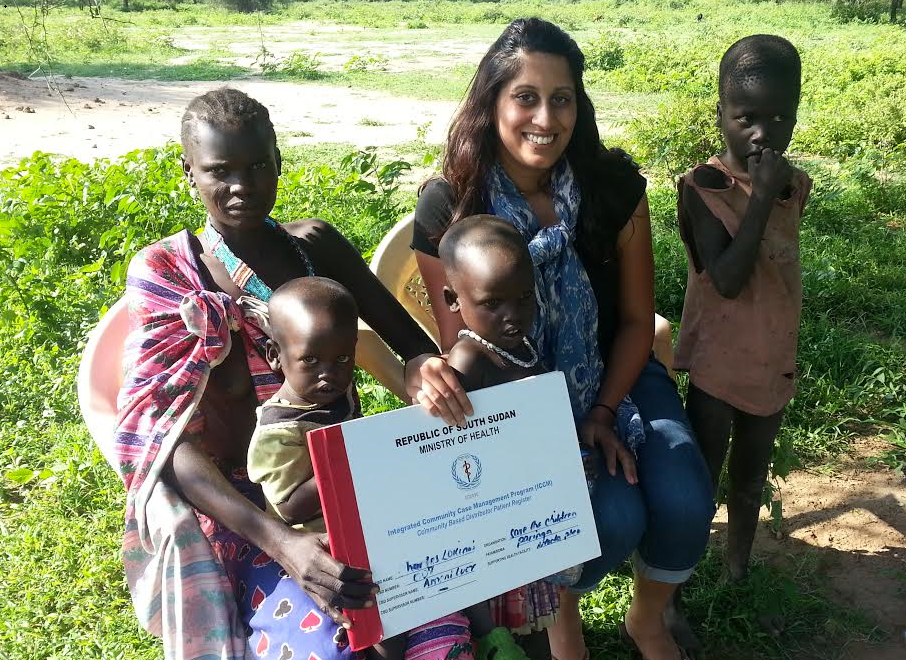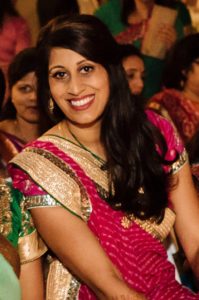
An interview with Sheena Patel, technical advisor for maternal, newborn and child health activities at SIAPS
The health of women and children is critical to the overall health and prosperity of a country—and the world. Can you talk a bit about why?
The most obvious reason is that when women and children are healthy, they contribute more to a country’s economy. Making sure that a woman is educated and healthy directly affects the health of her children. We know that newborns have a greater chance of survival when the mother is healthy.
Why do mothers and children need special consideration when designing pharmaceutical systems?
Many maternal and child deaths can be prevented with lifesaving medicines. For example, during childbirth, oxytocin can help prevent postpartum hemorrhage, which is one of the leading causes of deaths for mothers during delivery. Just having some of these essential medicines available where women and children need them will save many lives. However, access to these medicines is often limited in developing countries.
Also, until the last 5 or 10 years, pharmaceutical systems strengthening efforts mostly focused on commodities for national health programs—family planning, TB, HIV/AIDS, and malaria—that often had separate, vertical supply chains. Maternal and child health commodities were grouped with the other essential medicines in the national pharmaceutical system. Strengthening this system will improve the availability and use of quality products.
Increasing access to these commodities requires a systems approach that goes beyond just improving supply chain management functions, such as procurement practices, quantification, and distribution systems. It also requires better governance systems and regulations to ensure quality, mechanisms to promote rational use and adherence to maternal and child health commodities, and adequate financing.
What are the emerging issues in the field?
There’s been a lot of movement in maternal and child health over the past few years that has focused attention on RMNCH commodities and pushed people to think about strengthening pharmaceutical management. There was the launch of The UN Commission on Life-Saving Commodities for Women and Children in 2012. The RMNCH Trust fund and the Global Financing facility work to ensure financing for MCH services and commodities. USAID has also made ending preventable child and maternal deaths one of its primary objectives. Partners have come together to better coordinate efforts to increase access to MCH medicines.
However, with the Commission coming to an end, partners and donors will have to find other financing and coordination mechanisms to work together that could be more widely disseminated and used by countries.
There has also been a renewed push for developing better treatments and technologies for MCH, such as the revised treatment guidelines for newborn sepsis and research on diagnostic devices for childhood pneumonia.

What’s the project or activity you did with SIAPS of which you are most proud? How did it change health services in the country?
An activity that I’m really proud of is assessing subnational procurement practices of maternal health medicines in Bangladesh. The findings from this assessment led to recommendations that SIAPS implemented in the country. The SIAPS team in Bangladesh developed subnational-level guidelines for medicine procurement and piloted an electronic logistics management information system for the Directorate General for Health Services to better inform decisions related to medicine procurement, such as quantification of medicine needs.
More recently, SIAPS developed a guidance document for integrating oxytocin into the EPI cold chain. Oxytocin requires cold chain storage, so there are concerns about the quality of the medicine at lower levels of the health system where cold chain is not feasible. In response to this concern, SIAPS conducted a case study in Mali on integrating medicines into the established EPI cold chain and developed a guidance document for countries that may be considering this option to ensure the quality of oxytocin.
What’s a custom pertaining to mothers and children that you find endearing or interesting?
In Hindu culture, there are many traditions and rituals when a baby is born to protect the baby from the “evil eye”—that is, anything harmful to the baby. One tradition is to put thin beaded bracelets and anklets on the baby and put kajal (kohl) under the baby’s eyes and on the forehead or palms when the baby is about six weeks old. I always found this endearing because it shows how much the family cares for the well-being and safety of the baby. ![]()
Interview by Anthony Flowe, SIAPS communications associate and Stacy Lu, SIAPS technical writer

